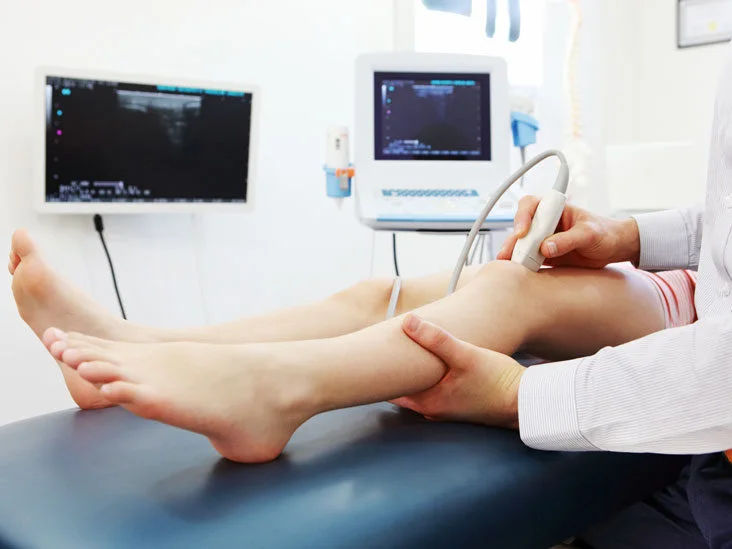Exploring the Wonders of Foot Ultrasound: A Comprehensive Guide
Foot ultrasounds are valuable diagnostic tools that provide detailed insights into the structures and health of the feet. This non-invasive imaging technique utilizes high-frequency sound waves to create real-time images of the internal structures, allowing healthcare professionals to assess injuries, conditions, and overall foot health. In this blog post, we will delve into the world of foot ultrasounds, exploring their uses, benefits, procedure, and what to expect during the examination.
Foot ultrasound, also known as sonography, uses sound waves that bounce off tissues to create images. It is commonly used to evaluate various conditions affecting the feet, including but not limited to:
Soft Tissue Injuries: Foot ultrasounds can effectively visualize ligament, tendon, and muscle injuries, helping healthcare providers diagnose conditions like sprains, strains, and tears.
Plantar Fasciitis: This common condition involves inflammation of the plantar fascia—a thick band of tissue running across the bottom of the foot. Ultrasound can aid in identifying the extent of inflammation and any associated tissue damage.
Bursitis: Ultrasound can identify inflamed bursae (fluid-filled sacs that cushion bones and tendons) in the foot, helping in diagnosing conditions like retrocalcaneal bursitis.
Nerve Issues: Conditions such as Morton’s neuroma, a thickening of tissue around a nerve between the toes, can be visualized using ultrasound.
Arthritis: Ultrasound can help assess joint health, detect inflammation, and monitor the progression of arthritic changes in the foot.
Fractures: While X-rays are more commonly used to visualize bone fractures, ultrasound can be complementary in assessing soft tissue damage and associated complications.
The Foot Ultrasound Procedure
Preparation: Generally, foot ultrasounds do not require any special preparation. You might be asked to wear loose and comfortable clothing, or you may need to wear a gown during the procedure.
Procedure: During the ultrasound, a technician (sonographer) will apply a clear gel to the area being examined. This gel helps the sound waves transmit effectively and prevents air gaps between the transducer (a handheld device) and your skin. The transducer is moved over the gel-coated area, emitting sound waves and capturing the returning echoes to create real-time images on a monitor.
Duration: A foot ultrasound usually takes around 15 to 30 minutes, depending on the complexity of the examination.
Painless and Non-Invasive: One of the major benefits of foot ultrasounds is that they are painless and non-invasive. There are no known risks associated with the procedure, making it safe for people of all ages.
What to Expect After the Ultrasound
After the foot ultrasound, you can immediately resume your regular activities. The clear gel will be wiped off, and you might experience some residual stickiness. The images captured during the procedure will be interpreted by a radiologist or healthcare provider, who will then share the results with you and discuss any further steps if necessary.
Closing Thoughts
Foot ultrasounds provide invaluable insights into the intricate structures of the feet, aiding in accurate diagnoses and effective treatment plans. Whether you’re experiencing foot pain, injuries, or other concerns, this non-invasive imaging technique can offer a clearer picture of what’s happening beneath the surface. If you’re experiencing foot-related issues, don’t hesitate to consult a medical professional who can determine if a foot ultrasound is the right diagnostic tool for you.



